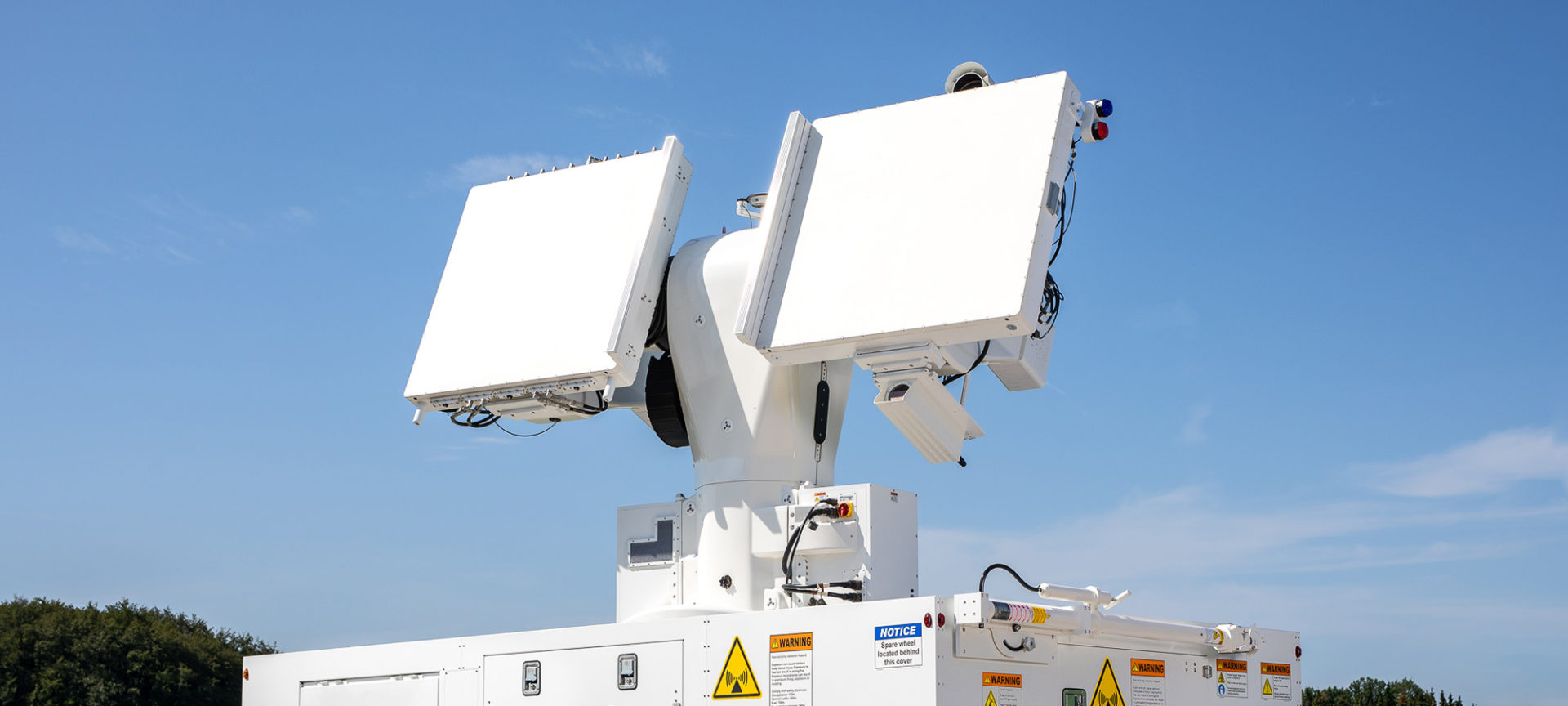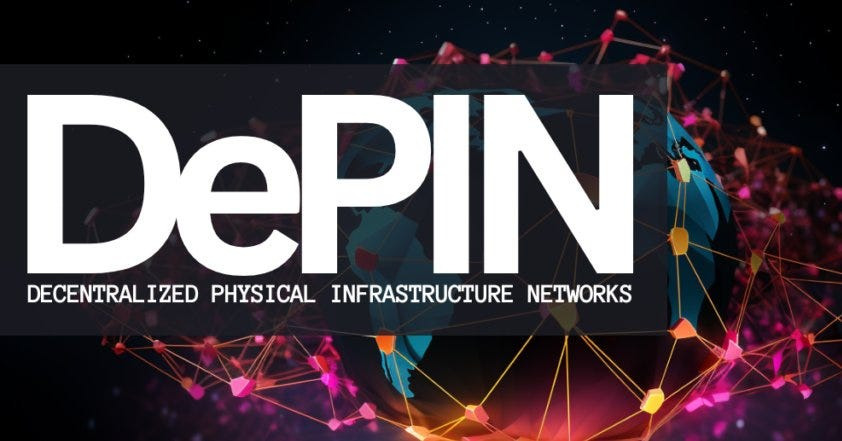Radar arrays and acoustic networks that triangulate active shooters are among the many items that can be decentralized and community-owned
Decentralized physical infrastructure networks (DePin) can revolutionize law enforcement from a collection of centralized structures monopolized by the state to community-based enterprises that maximize transparency, according to a recent report from venture capital firm Zee Prime Capital.
Decentralized security (DeSec) is a burgeoning subsector of distributed infrastructure that entails the development of distributed surveillance and law enforcement architecture, including ballistic triangulation systems, radar arrays, and community patrol decentralized autonomous organizations (DAOs).

Blockchain and decentralized architecture have the potential to excel in these domains due to their propensity to incorporate security redundancies, per an article by Luffistotle, a writer at Zee Prime.
The author wrote that communities and organizations prioritizing security would gladly pay the extra dollar to ensure they are leveraging the best security money can buy, even though consumer-facing retail applications typically try to avoid such robust security measures due to the increased costs of security redundancy.
Additionally, DeSec applications extend beyond community policing and decentralizing law enforcement. By outsourcing the costs to participants of the DePin network, decentralized security architecture offers innovative incentives for local communities to strengthen their existing electrical infrastructure, thereby protecting it from highly disruptive events such as coronal mass ejections from the sun or electromagnetic pulse weapons (EMPs).
Luffistotle also elucidated that a decentralized network of aerial radar could detect aerial incursions from unauthorized aircraft or small reconnaissance drones, thereby reducing the likelihood of terrorism.
Authoritarianism’s antidote: decentralized networks.
The evolution of public blockchain currencies and decentralized infrastructure did not occur in a vacuum; rather, it is a natural response to the increasing threat of state surveillance, failing centralized power structures, and a burgeoning threat of authoritarianism worldwide.
The collusion of the government and the big tech sector to suppress protest, muzzle dissenting voices, and censor “misinformation” is a prime example of the heightened social media censorship and surveillance efforts against activists. This trend has accelerated during the COVID-19 pandemic.
By eliminating power from central internet service providers and large technology companies, decentralized physical infrastructure networks, such as the Helium network and other decentralized internet providers, could address this issue, guaranteeing a free and open internet for all.
The trade-off
Although transparency increases are significant, they are typically accompanied by a corresponding decrease in privacy. Luffistotle concluded by contemplating the challenge of maintaining a balance between privacy and transparency to prevent the progression to an even more intrusive mass surveillance state.
“It is imperative for [the] survival of our species that we actually have the ability to speak outrageous thoughts and revolt against tyranny. If the asymmetry between enforcement and capacity to revolt becomes too big we’re just enabling minority-report-like tyranny.”



